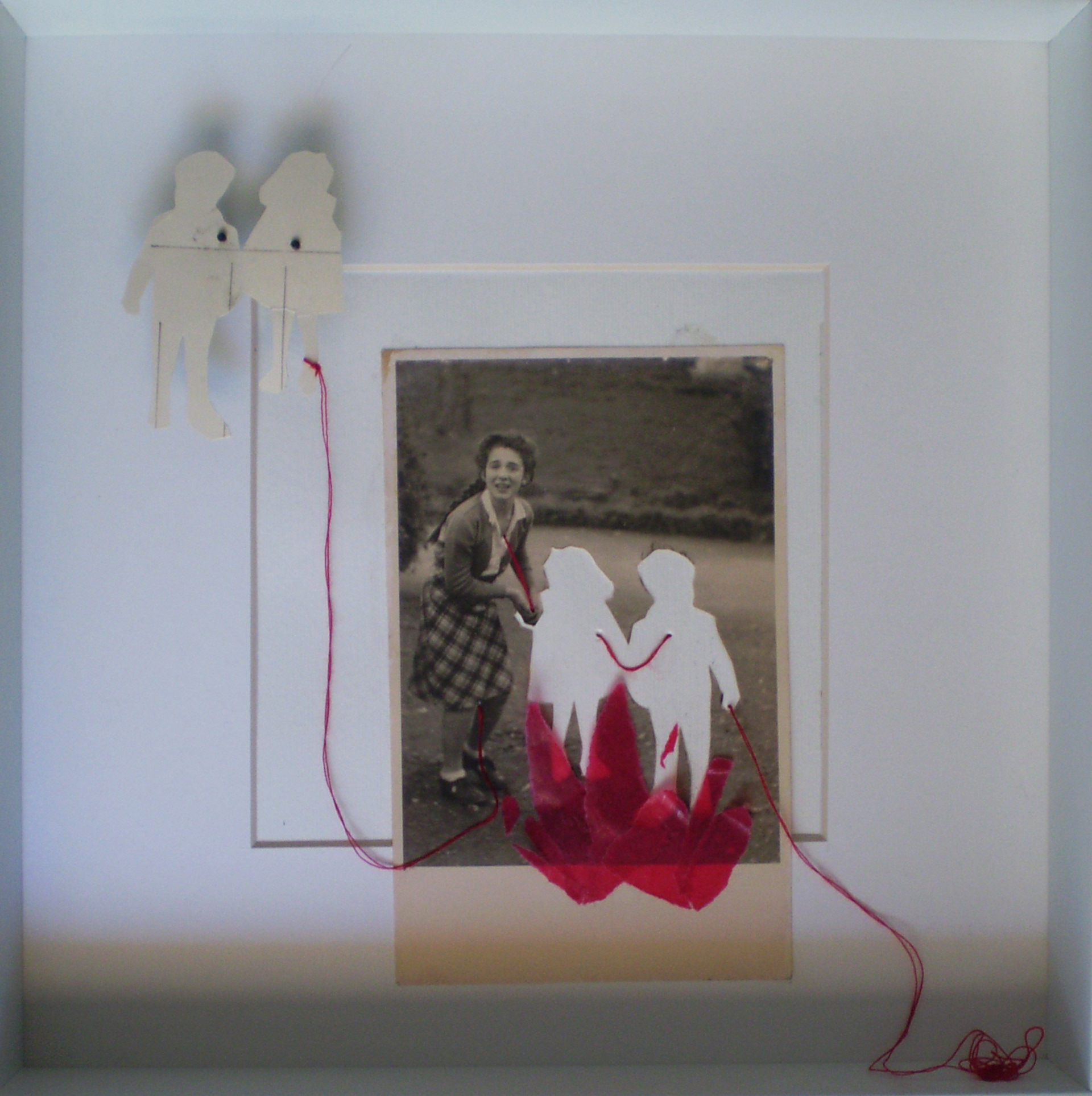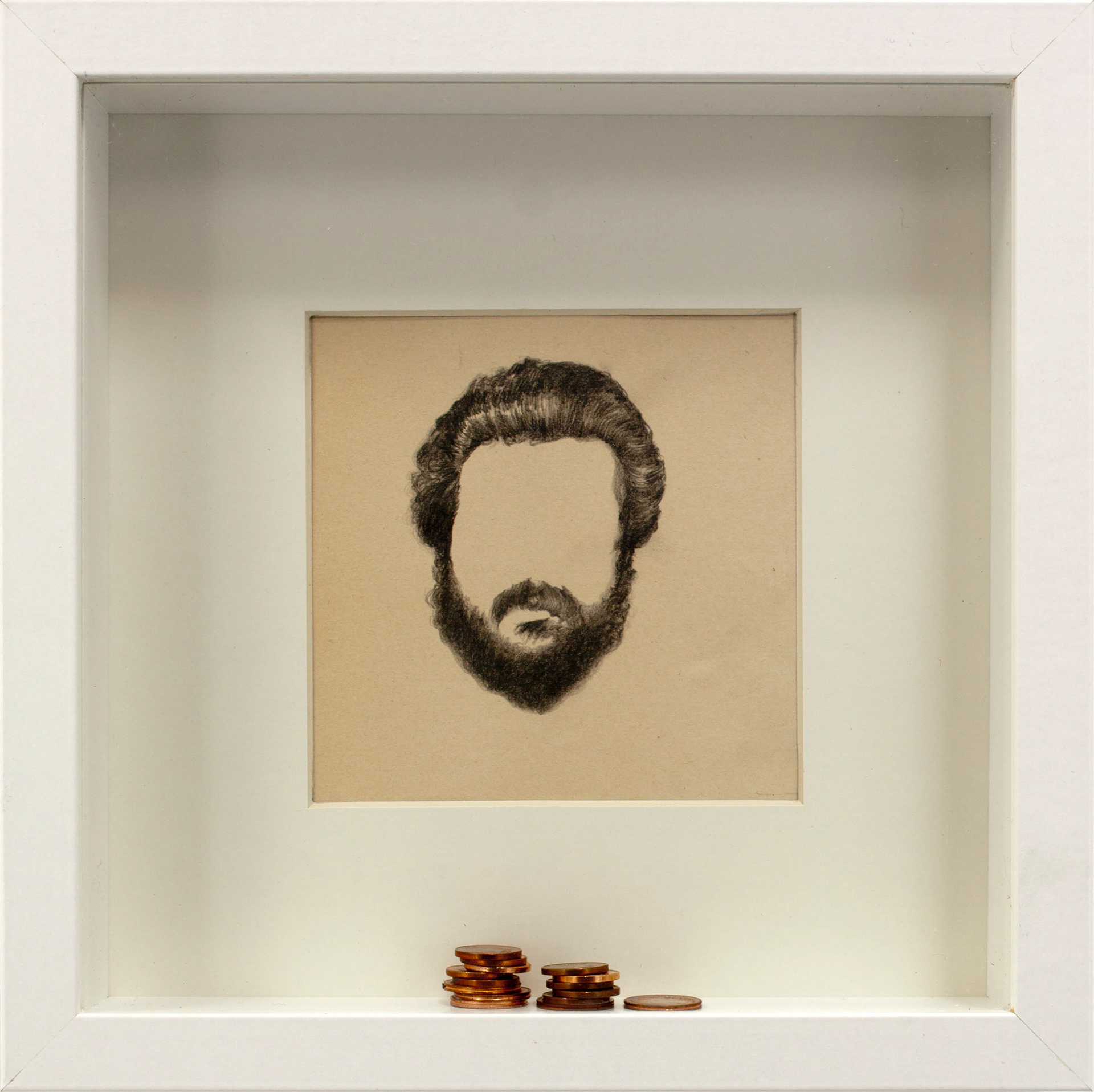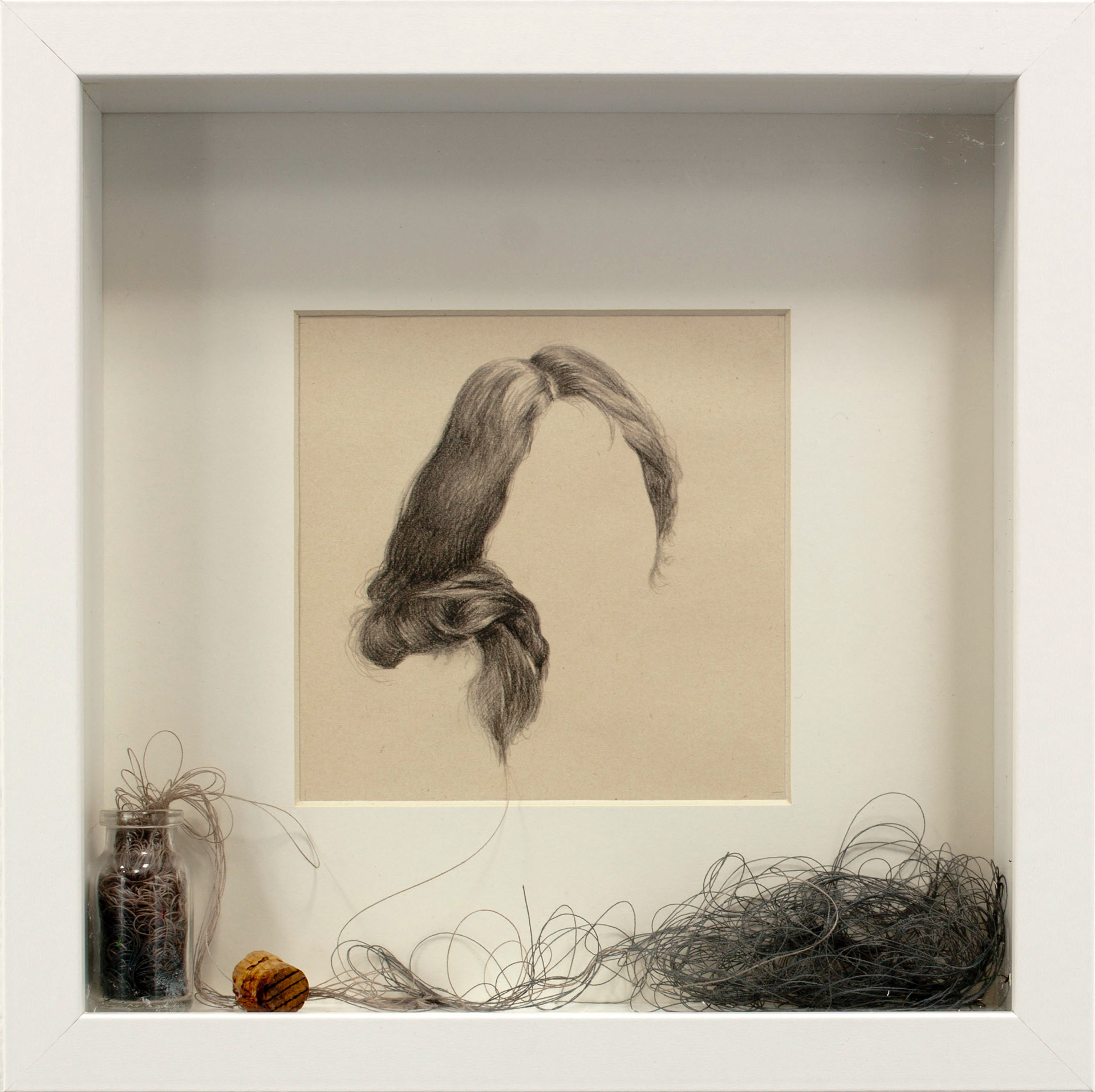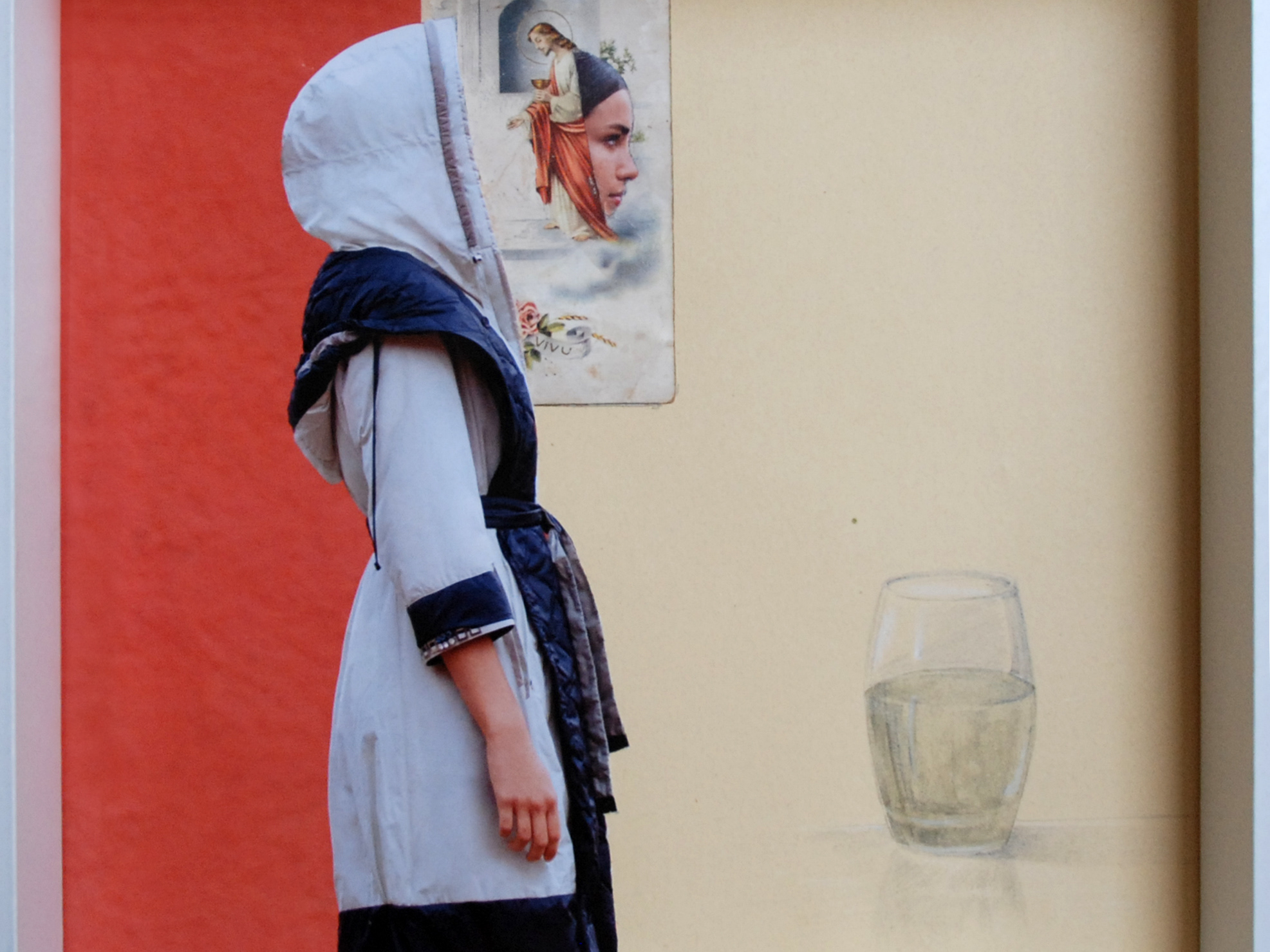Angela Viola reveals the pathways of affection and memory and exploits individuals, fluctuating entities that are looking for a suitable positon in the minds and the memories of the observers, using short stories that tell about them, their lives. […]
Absence as the only element we have, alone and unique and able to activate in ourselves a historical and emotional memory. A reverse mechanism, stimulating and illuminating for anyone who takes a moment to stop and ponder the work in question, simply because it can open our minds to multiple interpretations. The choice of enveloping these identities […] refers to past memories, jealously stored as a family album, with sounds, aromas, sensations from our past, that are still living in our today. […] “A happy family, immortalized in the photographs dotted around the walls of our homes, in black and white; the color prints that belong to our past but we don’t remember the names…”.
This crystal clear artist’s interpretation allows us to come into contact with her work through a nostalgic sentiment that is never excessively sad or resentful; on the contrary, it aims to dig into the fibers of our past, even examining the idea of the existence of a cathartic action, until such times as we achieve the resolution of the enigma provided to us by the artist. This allows us to participate in her deepest emotions, enjoying them at a second stage as though, stripping away this burden would contribute to banishing age-old conflicts or uncertainties.
Absence as the only element we have, alone and unique and able to activate in ourselves a historical and emotional memory. A reverse mechanism, stimulating and illuminating for anyone who takes a moment to stop and ponder the work in question, simply because it can open our minds to multiple interpretations. The choice of enveloping these identities […] refers to past memories, jealously stored as a family album, with sounds, aromas, sensations from our past, that are still living in our today. […] “A happy family, immortalized in the photographs dotted around the walls of our homes, in black and white; the color prints that belong to our past but we don’t remember the names…”.
This crystal clear artist’s interpretation allows us to come into contact with her work through a nostalgic sentiment that is never excessively sad or resentful; on the contrary, it aims to dig into the fibers of our past, even examining the idea of the existence of a cathartic action, until such times as we achieve the resolution of the enigma provided to us by the artist. This allows us to participate in her deepest emotions, enjoying them at a second stage as though, stripping away this burden would contribute to banishing age-old conflicts or uncertainties.
Text curated by Martina Colajanni




























